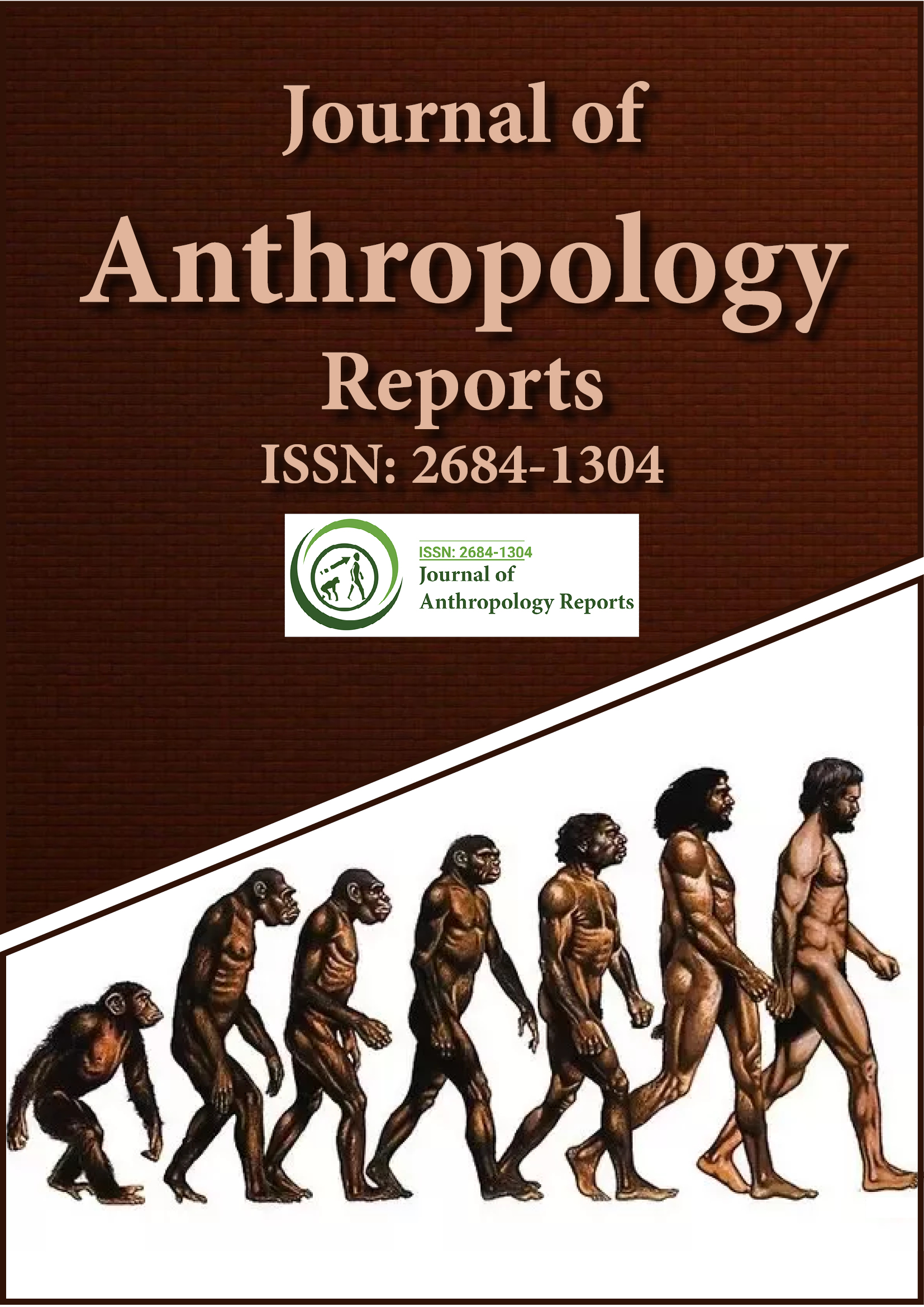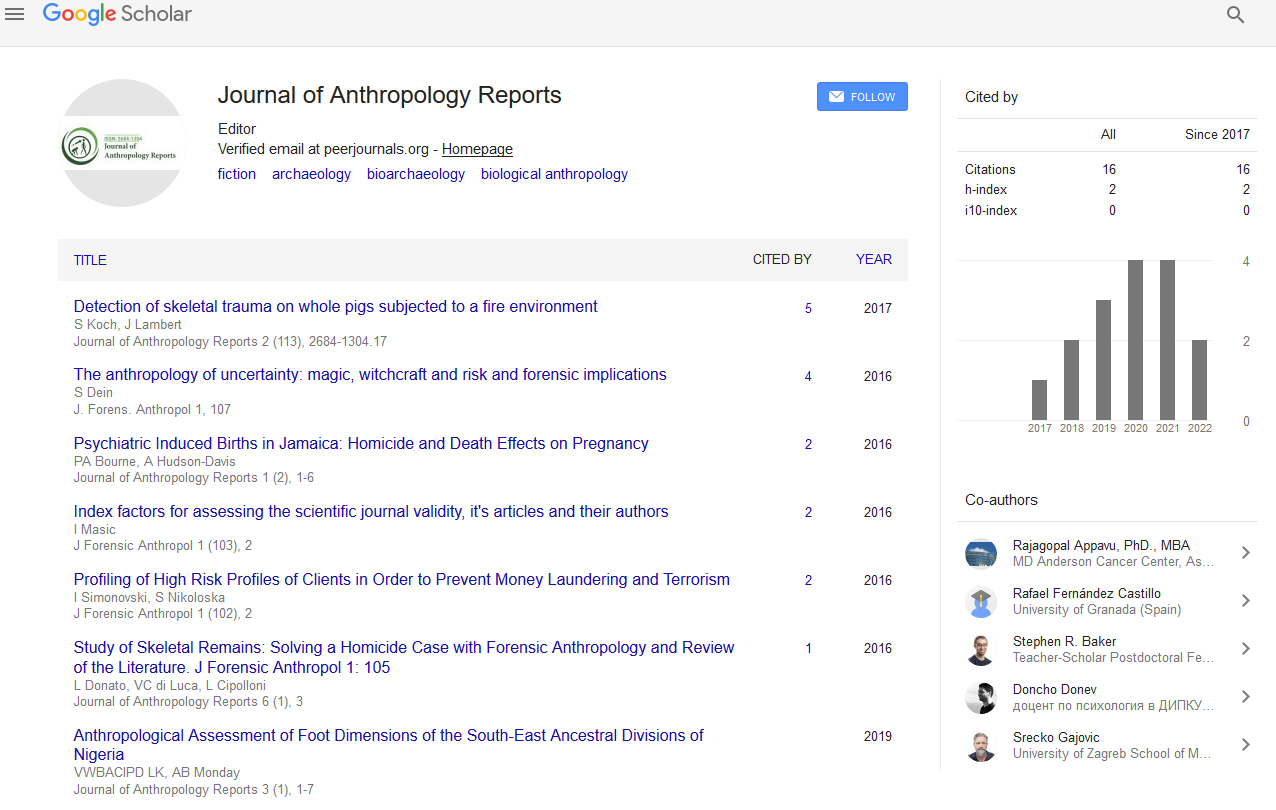Indexed In
- RefSeek
- Hamdard University
- EBSCO A-Z
Useful Links
Share This Page
Journal Flyer

Open Access Journals
- Agri and Aquaculture
- Biochemistry
- Bioinformatics & Systems Biology
- Business & Management
- Chemistry
- Clinical Sciences
- Engineering
- Food & Nutrition
- General Science
- Genetics & Molecular Biology
- Immunology & Microbiology
- Medical Sciences
- Neuroscience & Psychology
- Nursing & Health Care
- Pharmaceutical Sciences
Opinion Article - (2024) Volume 7, Issue 3
The Complex Phenomenon of Tooth Shame: Aging and Cultural Expectations
William Foster*Received: 30-Aug-2024, Manuscript No. JFA-24-28378; Editor assigned: 02-Sep-2024, Pre QC No. JFA-24-28378 (PQ); Reviewed: 16-Sep-2024, QC No. JFA-24-28378; Revised: 23-Sep-2024, Manuscript No. JFA-24-28378 (R); Published: 30-Sep-2024, DOI: 10.35248/2684-1304.24.7.203
Description
An ethnographic study of the choreographies of tooth shame in Danish elderly care presents an intriguing and socially significant investigation into how dental health and hygiene are intertwined with personal identity, cultural norms and the physical aging process. The concept of “tooth shame” the embarrassment or self-consciousness that arises from deteriorating dental health holds a unique place in the context of elderly care, where personal autonomy, dignity and quality of life are central concerns. This study provides important insights into how elderly individuals in Denmark navigate their changing bodies, the care they receive and the societal expectations that form their experiences.
Tooth shame in elderly care can be understood as a complex cultural phenomenon that operates within the broader framework of aging. For many elderly individuals, maintaining a sense of personal dignity becomes increasingly challenging as they confront the physical realities of aging, including the loss of teeth or difficulty in oral hygiene. In Denmark, a society that highly values physical appearance and self-reliance, the decline of dental health may evoke feelings of shame or humiliation. This issue is further compounded by the medicalized environment of elderly care, where the focus on managing health often leaves little room for addressing the emotional and social aspects of aging, such as the embarrassment of visible oral decline.
The choreography of tooth shame refers to the behavioral patterns and rituals that evolve as a result of this feeling. These behaviors may manifest in the way elderly individuals avoid social interactions or become increasingly disengaged with others when they perceive their dental health as inadequate. In some cases, the embarrassment surrounding tooth loss can result in individuals withholding requests for help, reluctant to ask caregivers for assistance with oral hygiene due to the fear of being seen as incapable or helpless. This dynamic speaks to the larger issue of autonomy and self-esteem in elderly care settings, where the loss of independence can have extreme psychological and emotional effects on the elderly.
In Denmark, where social care systems are robust and emphasize individual rights, the choreographies of tooth shame also intersect with the role of healthcare providers. Caregivers, whether in nursing homes or assisted living facilities, play an important role in helping elderly individuals navigate these feelings of shame. A lack of training in handling the emotional aspects of dental hygiene in elderly care can lead to unintentional reinforcement of shame, especially if care providers do not take into account the personal, cultural and psychological dimensions of tooth loss.
Moreover, the cultural context in Denmark must be considered when examining tooth shame in elderly care. Danish society, with its emphasis on egalitarianism and high standards of living, holds beauty and physical wellness in high regard. There is a clear cultural expectation that individuals will maintain their health, including dental health, as they age. This pressure can lead to a strong sense of embarrassment for those whose teeth are not as functional or aesthetically pleasing as they once were. However, it is also worth noting that Denmark's welfare system provides an advanced infrastructure for elderly care, which includes access to dental services. Still, there remains a social stigma around asking for help, which can leave individuals feeling isolated and self-conscious about their need for assistance with their oral health.
In conclusion, the choreographies of tooth shame in Danish elderly care represent a critical area of study that reveals much about how aging, culture and healthcare intersect. By focusing on the emotional and social aspects of oral health, this research encourages a more empathetic, comprehensive approach to elderly care. It suggests that by reducing the shame surrounding aging and tooth loss, society can promote better mental and physical health outcomes for elderly individuals, enabling them to retain their sense of autonomy and dignity well into their later years.
Citation: Foster W (2024). The Complex Phenomenon of Tooth Shame: Aging and Cultural Expectations. J Anthropology Rep. 7:203.
Copyright: © 2024 Foster W. This is an open-access article distributed under the terms of the Creative Commons Attribution License, which permits unrestricted use, distribution, and reproduction in any medium, provided the original author and source are credited.

